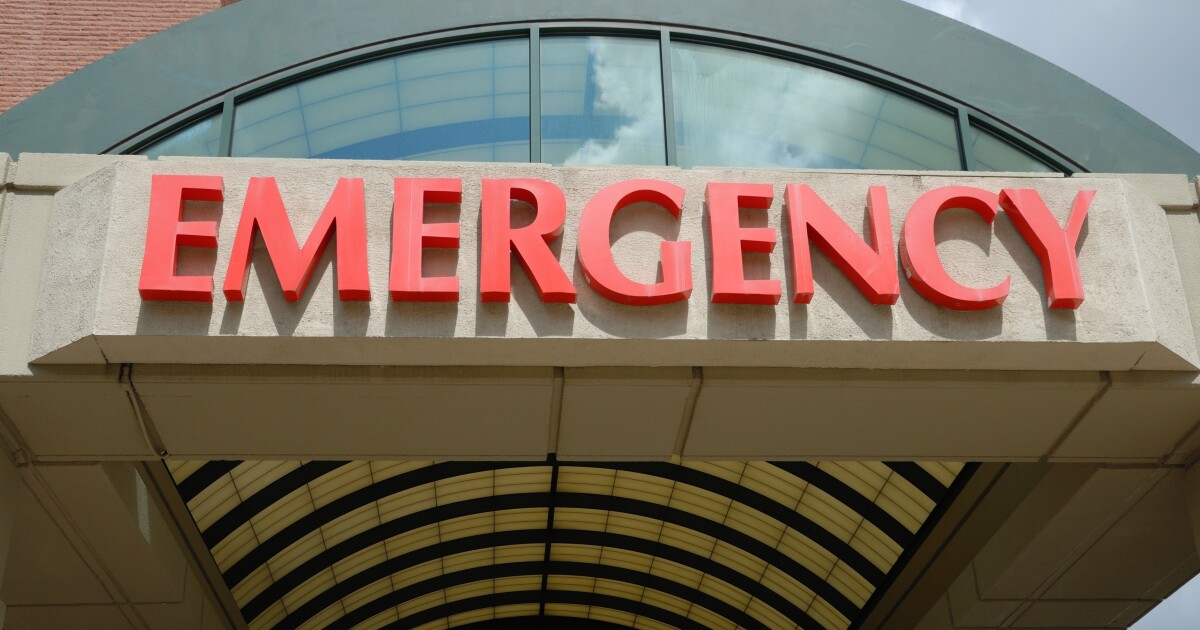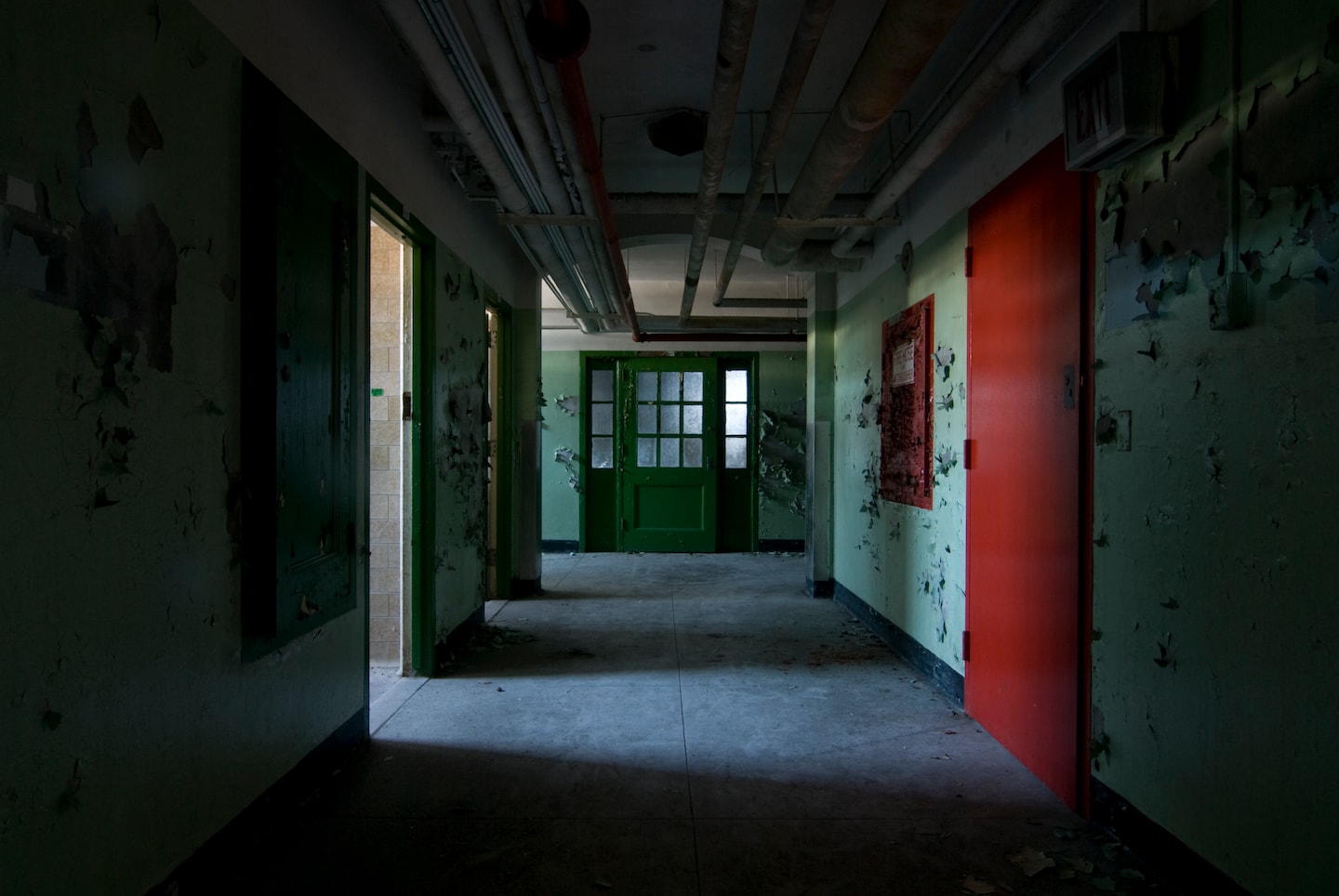[ad_1]
Nearly 30% of youths are affected with worsening mental health by the end of adolescence, with anxiety typically presenting in childhood and depression during the teenage years, but the problem is even more acute for Black and Latinx youth.
Despite the prevalence of mental health problems like depression and anxiety in children and adolescents, it is also one of the least-treated health issues, and for Black and Latinx populations, this undertreatment is even more acute.
In a recent paper, researchers proposed recommendations to improve equity and outcomes when treating diverse racial and ethnic children and teenagers for depression and anxiety.
Writing in Psychiatric Research and Clinical Practice, the authors—some of whom created a program to deliver care to children and teens struggling with these issues—examined racial/ethnic disparities in psychosocial treatment within 4 factors: the health system, the intervention being delivered, providers, and patients.
Overall, nearly 30% of youths are affected with worsening mental health by the end of adolescence, with anxiety typically presenting in childhood and depression during the teenage years. For Black and Latinx youth, these problems are even more acute, for multiple reasons, and underpinned by structural racism, said the authors, and chronic stress from exposure to violence, poverty, and inadequate neighborhoods.
These youths are less likely to initiate care, are more likely to end treatment prematurely, and are less likely to receive high-quality care for depression.
At a health system level, a number of factors come together to create barriers to accessing care. There may be a limited number of providers within certain neighborhoods as well as a limited number of mental health providers who take Medicaid. For families at lower socioeconomic levels, parents and caregivers may have inflexible work schedules and may struggle getting to regular, ongoing therapy appointments during normal business hours. Lack of transportation or reliance on public transportation is another barrier.
The setting in which care is delivered is another potential barrier, with the authors writing that oftentimes families have a preference for a primary care office over a specialty mental health setting, which may be seen as more stigmatizing.
It also is not known if the treatments used for anxiety and depression, such as cognitive behavioral therapy and interpersonal psychotherapy, work as well in diverse pediatric patients as they do in White ones. Most trials of evidence-based treatments do not report results by background, probably because of low enrollment numbers of Black and Latinx patients.
However, adaptions of therapies have been successful, the authors said, such as matching the racial and ethnic background between the provider and patient, translating materials, increasing parent involvement, and using culturally appropriate language.
Notably, 2 of the 4 authors of the paper are also creators of a treatment program that targets both anxiety and depression in 8 to 12 sessions. The program, Brief Behavioral Therapy, has been used in primary care, which is where depressed and anxious youth first present with somatic complaints, such as headaches and stomachaches. The primary care setting may also be seen as more favorable from a payer and health system perspective.
While based on cognitive behaviorial therapy (CBT), the BBT program represents a scaled-down approach in an effort to increase equity. CBT has a large range of techniques, some of which are likely not to be used if diverse patients end therapy early. So the BBT approach focuses on just 2 core behavioral deficits shared by adolescents with anxiety and depression: reducing their level of threat avoidance and increasing their approach behaviors toward rewarding life experiences.
“Youths and parents are encouraged to (a) identify how anxiety/depression is interfering with functioning, and (b) collaborate with their provider to develop personalized plans to engage or re-engage with these critical life tasks,” wrote the authors. In addition, the timing of the BBT sessions are flexible and the program can be adapted to provider and parental preferences.
The model was evaluated in a randomized controlled trial with 185 youth with anxiety and/or depression; 56.8% of youths in receiving BBT improved compared with 28.2% of youths provided with assisted referral to an outpatient community mental health center. In addition, the effects were more pronounced for Latinx youths (76.5% in BBT compared with 7.1% of referred youths). However, the total number of Latinx youths enrolled in the study were small, limiting the results.
The researchers outlined a number of recommendations to improve delivery of mental health care to diverse populations, including:
- Provider training on implicit bias reduction and trauma-informed approaches to care
- More flexibility in methods and timing in delivering care
- Co-locating and embedding mental health providers in other sites of care
- Promoting equitable reimbursement for mental health providers and increasing medical assistance to low-income families.
The researchers plan a number of iterative adaptions to the model at the system, provider, and patient level, and also plan to edit training materials to “explicitly discuss minority stress, socioeconomic stress, and experiences with racism as both chronic and acute stressors.”
Reference
Weersing VR, Gonzalez A, Hatch B, Lynch FL. Promoting racial/ethnic equity in psychosocial treatment outcomes for child and adolescent anxiety and depression. Psych Res Clin Pract. 2022; 4(3):80-88; doi:10.1176/appi.prcp.20210044
[ad_2]
Source link



